Bringing Out The Best In People
Bringing Out The Best In People
By Veronica Lim
W L Gore & Associates earns over $1 billion in global sales. It is one of the “100 Best Companies to Work for in America" for the fifth time. It has approximately 6,000 associates in 45 locations around the world, none of whom have job titles. There are no organisational charts, budgets or elaborate strategic plans. It has a rate of employee turnover of about a third of the industry average. At Gore, they deliberately keep the size of their sites down to 150 people, so they don’t need formal management structures and to harness shared knowledge most effectively.
At Ricardo Semler's manufacturing company in Sao Paulo, financial data are shared with all employees, 30% of employees determine their own salaries, and self-managed teams replace hierarchy. His company has grown 24% annually since his book first got business people asking who he is. He eliminated nearly all job titles. Like Gore, there are no organisational charts. Semler believes in giving up control, and sees the purpose of work as making the workers feel good about life. At Semco, the company was split into smaller autonomous business units. Semler says that people usually perform at their potential when they know everyone around them, which is generally when there are no more than 150 people.
Meanwhile, St. Luke's Communications Limited is one of the top ten advertising agencies in the UK. St Luke’s is wholly owned by its employees. Fixed detailed job descriptions are nearly dead. About 25% of their people shift into a different role to the one they were hired for – for example, one employee who was struggling in client service became a copywriter. There is no hierarchy and no bonus structure based on grade. The company has a low turnover of staff. This also enables them to learn from any mistakes, because they retain the knowledge in the company and issues are openly discussed. St. Luke's is held together by values, freedom of expression and the desire to make work fun. Andy Law, co-founder of St Luke’s said, "Human capital appreciates in value; humans are more effective learning animals and break down less often, if looked after properly."
What Do These Companies Have in Common?
All three companies mentioned above honour the individual strengths and talents of their people. What does this mean for the company itself, apart from low turnover in staff levels and increasing profits?
-
"Transactive memory" is retained (as taken from The Tipping Point by Malcolm Gladwell). For example, in a family, it may be the son who has responsibility for storing technology-related information, because he has the greatest aptitude for electronic equipment or because he uses computers the most. When new information arises, he is automatically (and implicitly) the one assigned to remember the information. Our mental energy is limited, and so it makes sense to concentrate on what we do best. If the family purchases a new DVD machine, say, the son will usually be the one to set it up for the rest of the family. In an organisation, this means taking advantage of understanding people’s strengths. Where the size of the company is small, people within the organisation know one another well enough to know what they know, and are therefore able to store and exchange knowledge effectively.
-
Remuneration is based on strengths and contribution to the company rather than hierarchy. All members of staff are actively involved in decision-making, including their own salary levels. There is transparency in financial data. Individuals monitor their own performance based on their own integrity and professionalism. Each person is encouraged to harness their own strengths and to be a leader in their own right.
-
Each person is treated as an equal individual, with a right to their own opinion. They are individually valued for their contribution, and there is a high level of mutual trust within the organisation. The company becomes a hive of inspired individuals who love to come in to work each day.
Are there any downsides?
In the short-term, there will probably be issues to handle. It isn’t easy to implement change of this kind without going through a sense of chaos and break down. However it is the breakdown of the old that makes room for the new. Some people will leave, as they find themselves unable to fit into the new culture. It takes courage to change, particularly when organisations operating like Gore, Semco and St Luke’s are still in the minority.
In the long-term, I believe that it is the way that organisations must go. More and more people want to be recognised for their value and to enjoy their work in a way that harnesses their natural strengths. From the company’s perspective, there is a need to encourage knowledge sharing and retention, and encourage creativity and innovation. Not to mention, improving staff retention.
-
What changes can you begin to make, even if just in your division or department, to model the successes of the companies mentioned above?
-
What steps can you take to give the people with whom you work more responsibility in a way which allows them to use their natural strengths?
-
How can you bring more transparency with regard to information to your area?
Brefi Group Limited
Unit 11 BSC, Hood Road
Barry CF62 5QN
United Kingdom
Reg. No. 1669333
Copyright 2024 Brefi Group Limited. All Rights Reserved
